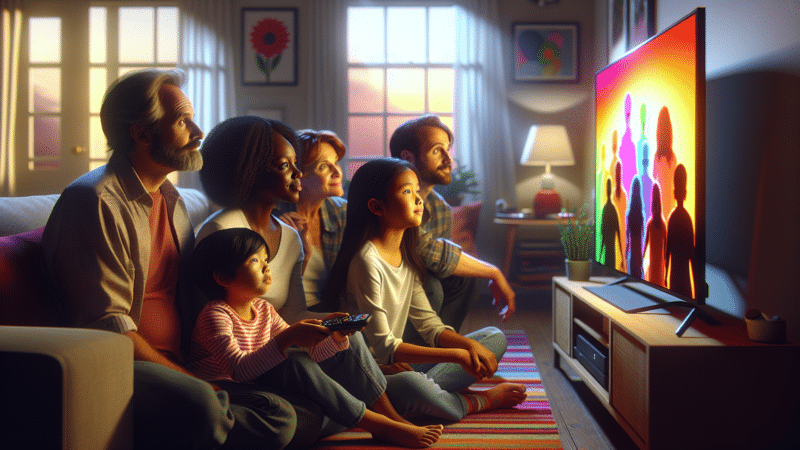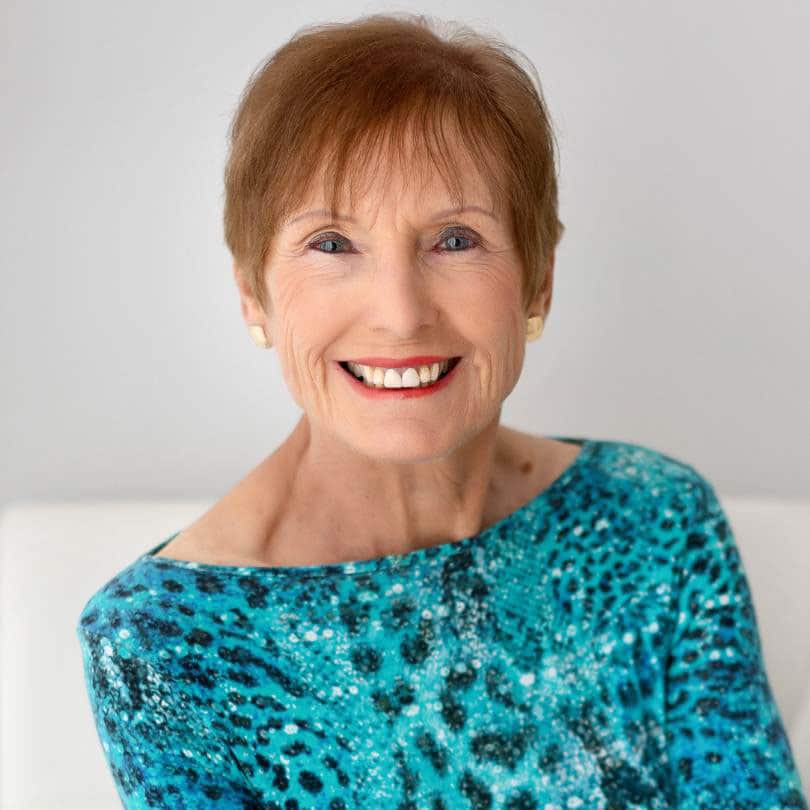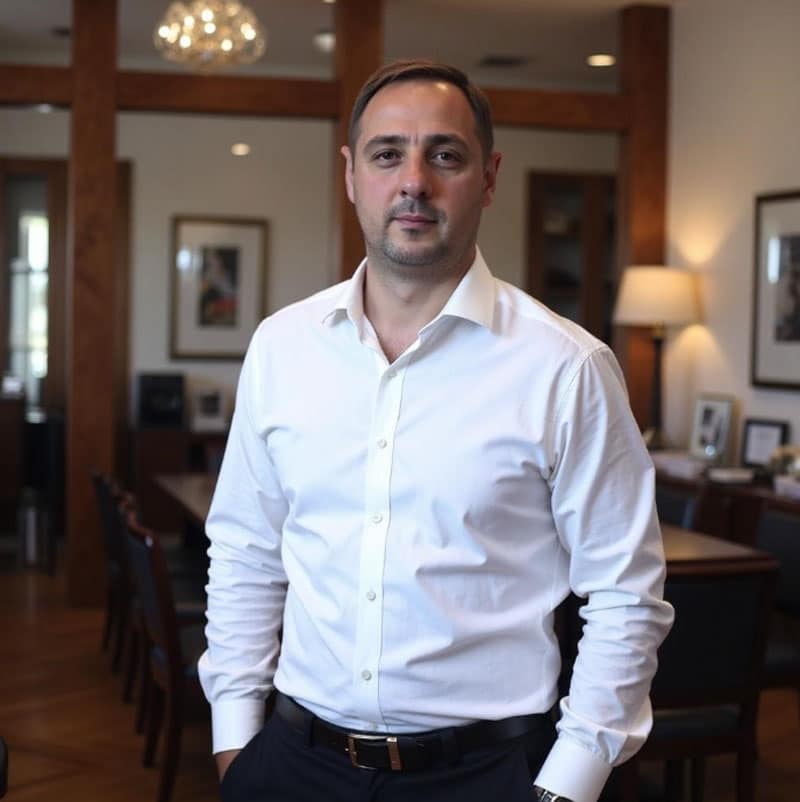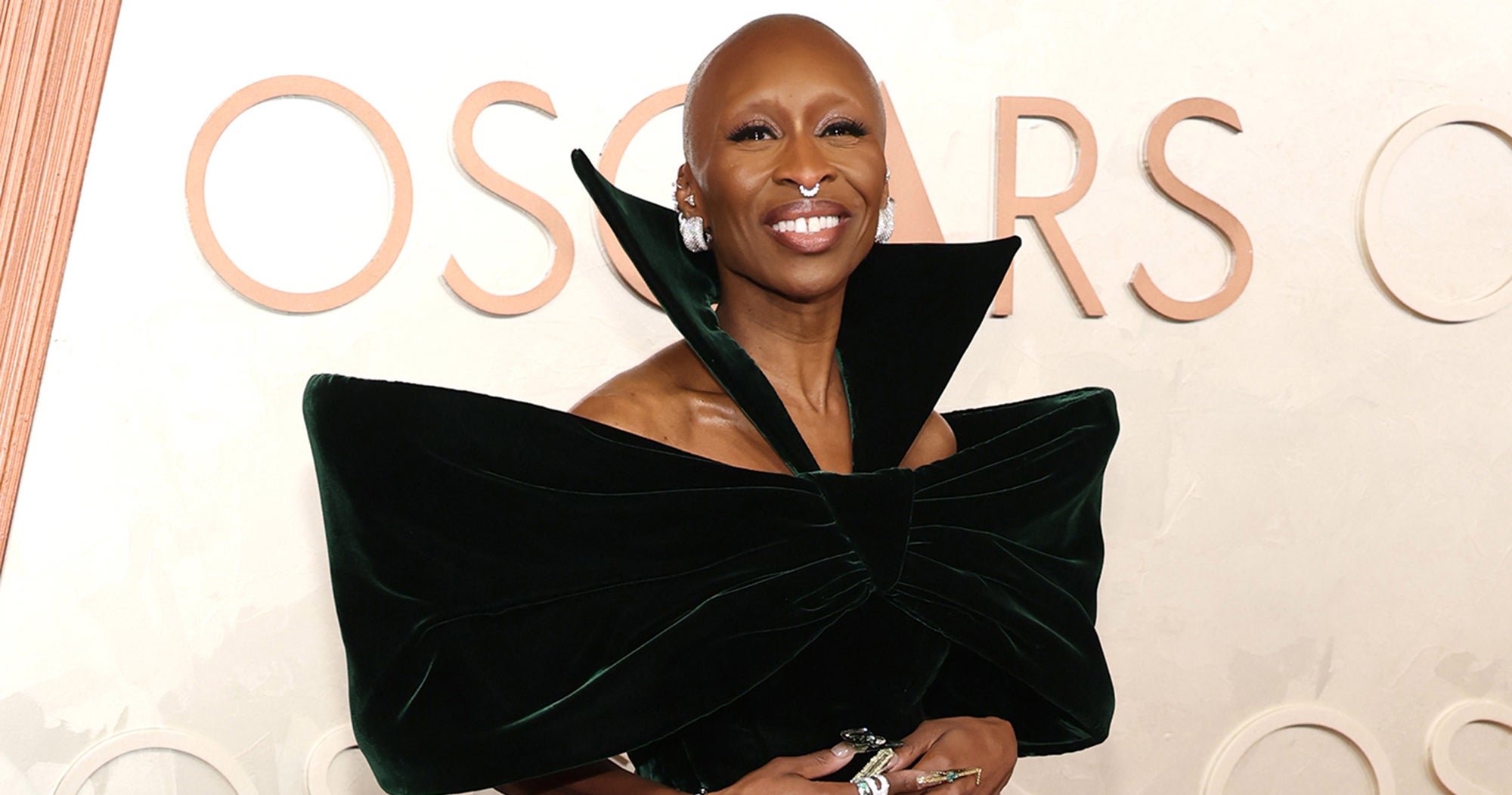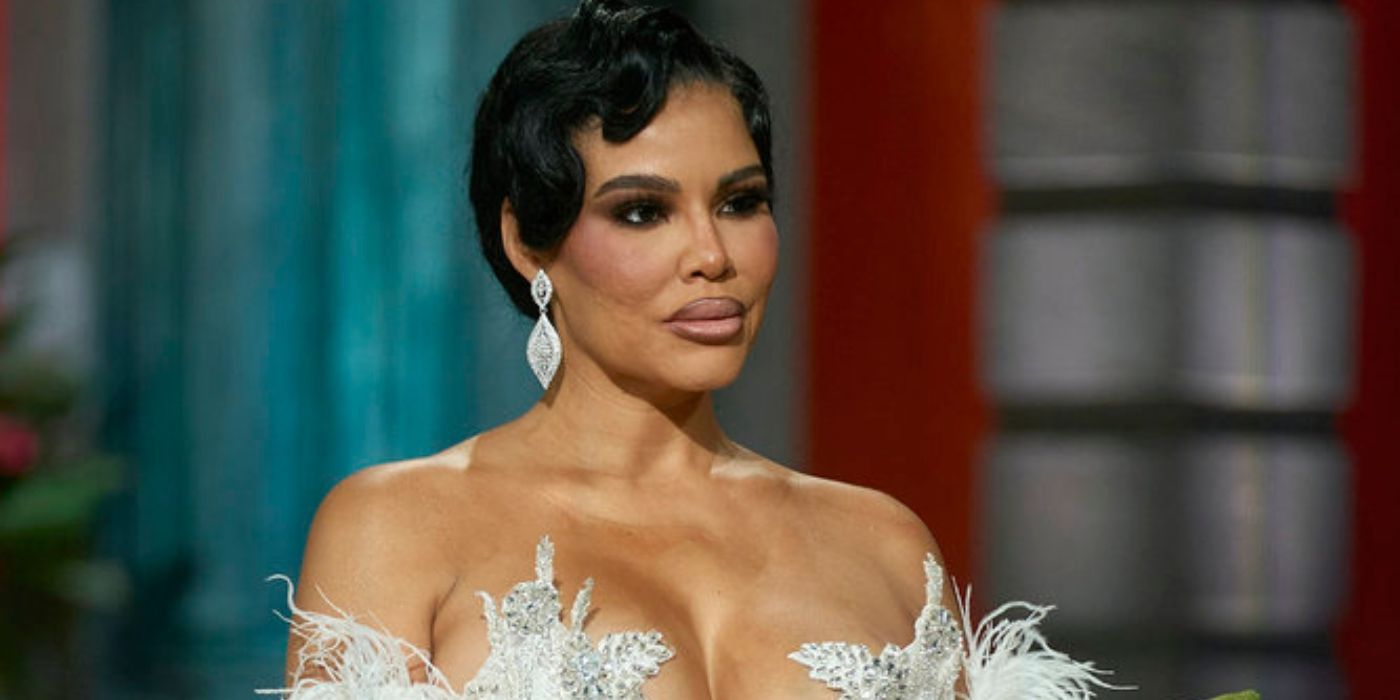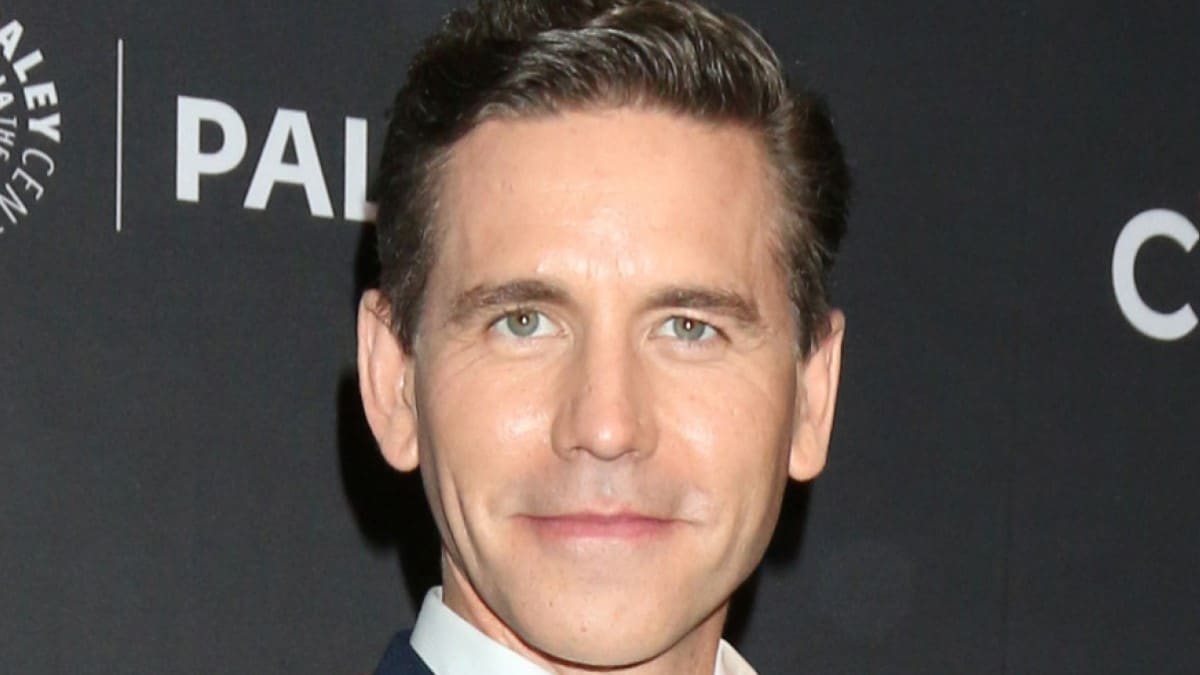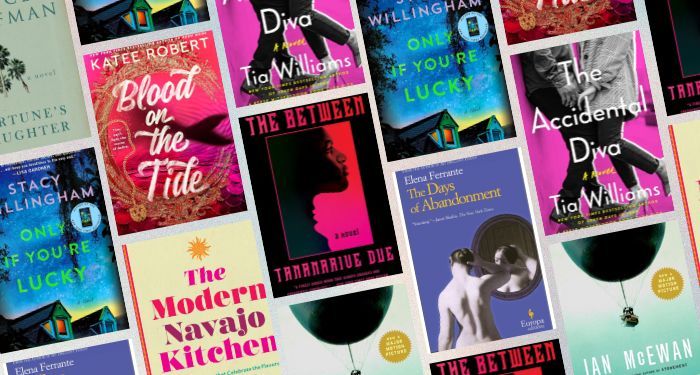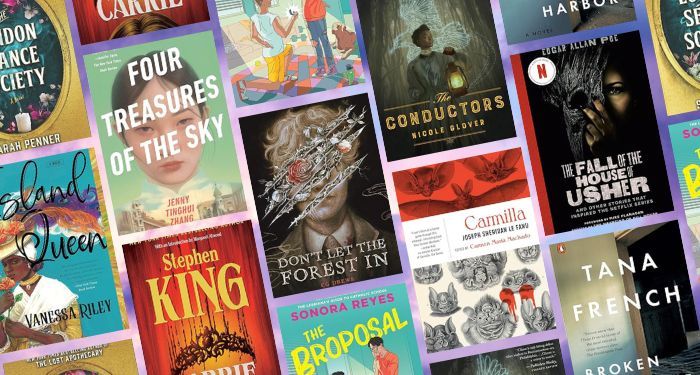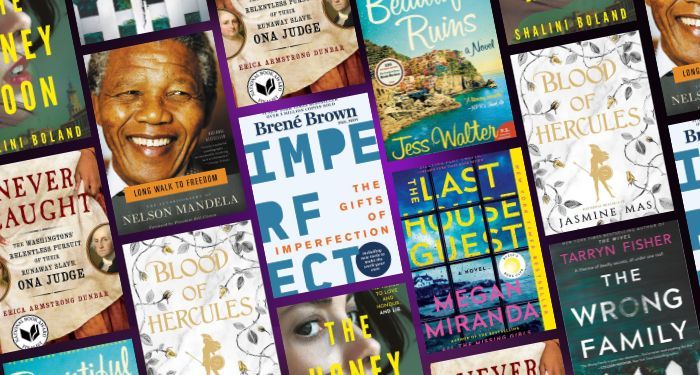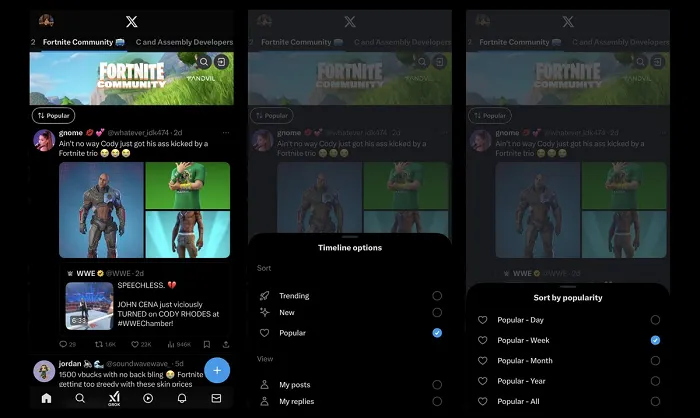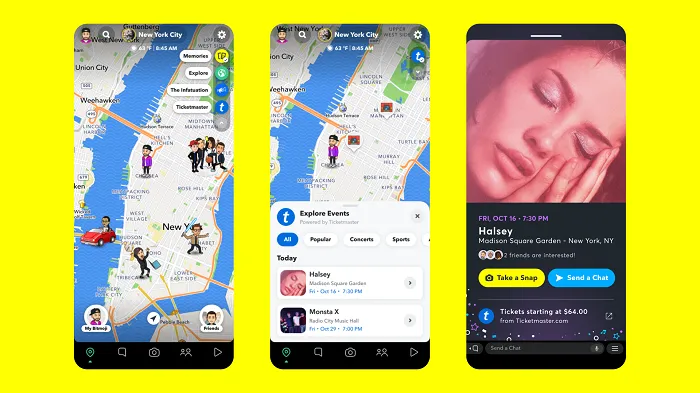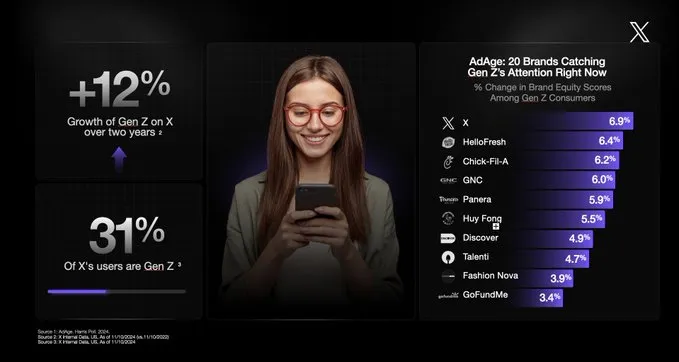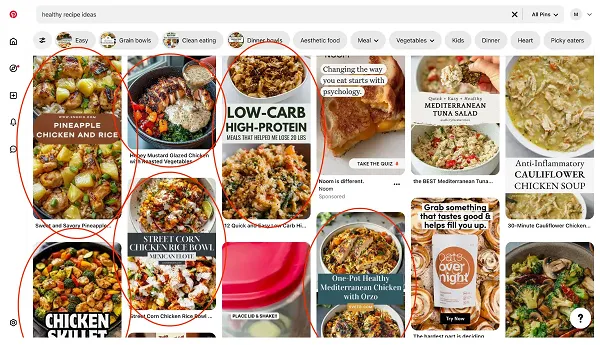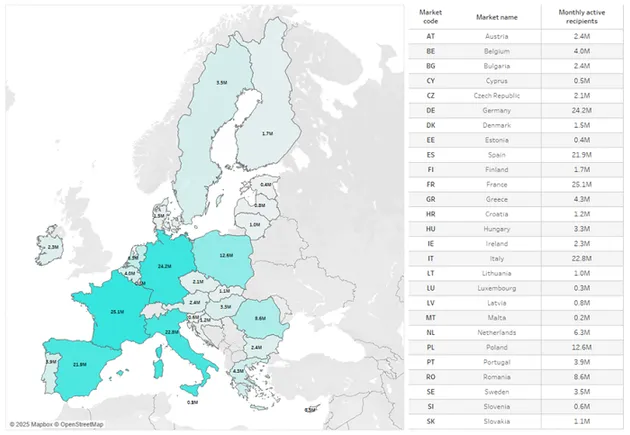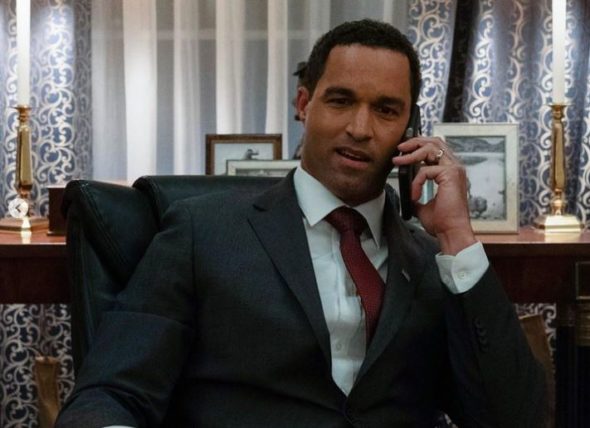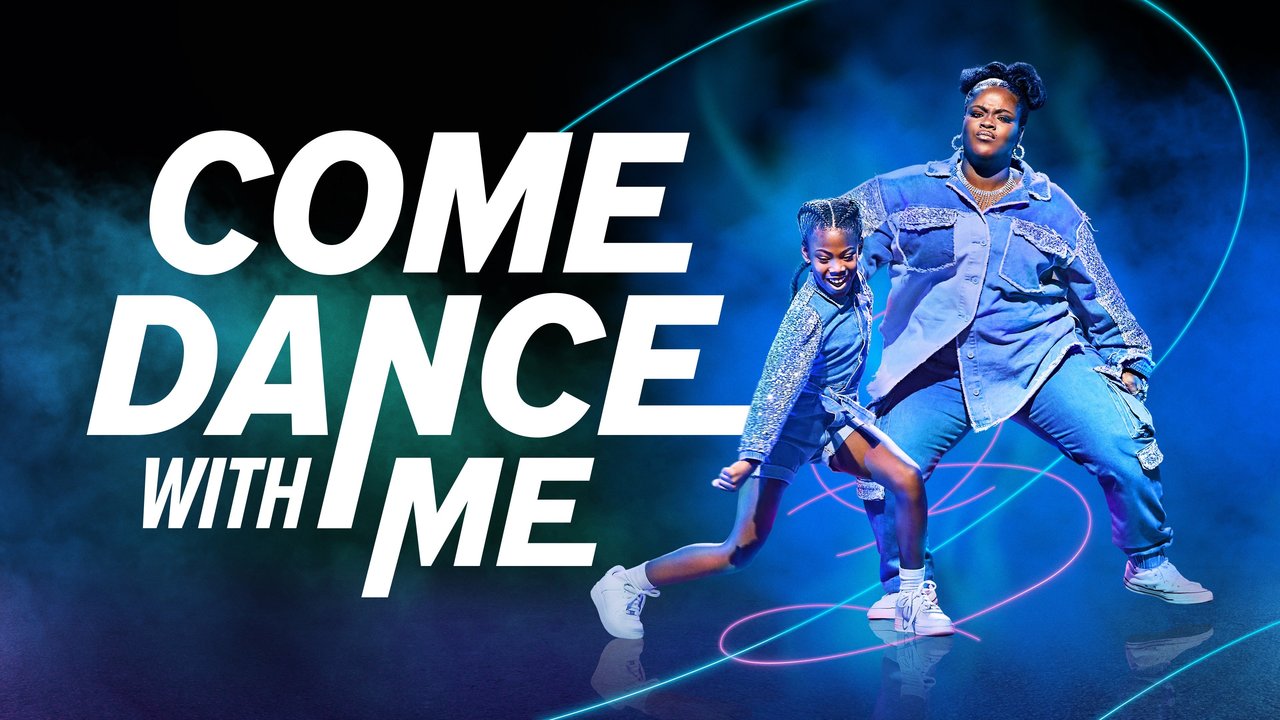The following article contains experiences of emotional turmoil and suicide.
If you or someone you know may be considering suicide, contact the National Suicide Prevention Lifeline at 1-800-273-8255. Starting July 16, 2022, you can simply dial 988 to be connected to trained counselors. For emotional crisis support, contact the Crisis Text Line by texting HOME to 741741.
Isolated, homesick, and dealing with a bad relationship, Jose struggled to find his footing at the University of Texas at Austin’s campus of more than 50,000 students during his freshman year in 2018.
“I really felt like I was internalizing frustration, and I wasn’t in the best mental space,” Jose says. (All students interviewed for this story are identified by only their first names to protect their privacy.) But that first year, he resisted seeking help. “I wasn’t very big on therapy or anything like that. I wasn’t against it, but I thought there was nothing wrong with me.”
At the start of the spring semester of his sophomore year, he made an appointment with an on-campus counselor—mostly because the university offered a couple free sessions to students. But while he says the counselor was a good listener, he wasn’t inclined to continue. “I couldn’t really develop a connection,” Jose recalls.
When the COVID-19 pandemic hit, Jose moved to Houston to stay with his dad. And his mental state declined even more. “At that point, I was very self-isolated, very in my own head,” Jose says, and he found himself using drugs as a way of self-medicating.
“One night, I got into the drugs in a way I’d never done before—in a destructive way,” Jose says. “And I realized, ‘This isn’t me. I don’t know why I’m doing this. I don’t like doing this. I need some help figuring this out because this path that I’m on is not good.’”
The next day, he called his mom and asked for help getting into therapy. Jose has been seeing a therapist for the past two years. “It’s really helped my mental health,” he says.
Jose also decided to transfer to the University of Houston during the summer of 2020 to be closer to his family. “Once I made that decision, it just made everything else easier,” he says, adding it was the right course of action even though it meant he wouldn’t graduate in four years.
“I’ve been doing more classes in person. And I have been more involved on campus. I’ve taken the time to try to build those relationships,” Jose says. “Thankfully I’m in a much better mental space.”
Jose’s experience is far from uncommon—American college students are facing an unprecedented mental health crisis. Three in five (60%) college students reported being diagnosed with a mental health condition by a professional, the most common afflictions being anxiety and depression, according to an exclusive Fortune survey of 1,000 college students conducted by The Harris Poll in June.
That’s significantly higher than the general population, only about 48% of whom say they’ve been diagnosed with a mental health condition.
Women in college are far more likely to report a diagnosis than men: 67% compared with 51%. And part-time students tend to struggle more than their full-time classmates, the survey found.
Despite the high prevalence of mental health problems among college students, counseling services are rarely featured prominently in university brochures. There is no real national database where parents and their college-age children can search to find the best college wellness center. Of those who have received counseling, about 30% have used services provided by their college or university, according to Fortune’s survey findings.
That’s likely to climb as more students continue to return to campus in person this fall. But the question remains: Are colleges and universities across the country prepared to handle the mounting mental health concerns of these young adults? Probably not.
“Many counseling centers are really understaffed,” says John Dunkle, senior clinical director of higher education at the Jed Foundation, a nonprofit aimed at suicide prevention among young adults. At the same time, these centers are seeing unprecedented demand from students for a wide range of support.
“There was a time when college counseling was about personal growth and career aspirations. Now we are actively treating severe and persistent mental illness—in some cases, with the presence of pretty debilitating symptoms,” says Jonathan Mitchell, assistant director for clinical services at the University of South Florida St. Petersburg’s Wellness Center.
On-campus wellness centers “can’t be everything to everybody—and that’s sort of what’s happening,” Dunkle says. Students are showing up seeking support for a variety of problems, ranging from generalized anxiety and depression to eating disorders and even more severe mental psychosis. Some of the more intensive problems cannot really be treated by college mental health counselors, but wellness centers are frequently the first line of defense when students need help.
But when these centers are understaffed and under-resourced, a catchall approach may not be helping students much. And that could lead to long-term consequences for young adults, their families, and even the wider workforce.
The pandemic only exacerbated the many mental health problems college students face
Nearly half of college students surveyed by Fortune reported their overall mental health has worsened since the pandemic. About 56% say they have experienced worsening stress, while 53% reported heightened anxiety, and 45% cited increased depression symptoms.
Yet even before the pandemic hit, students’ mental health was under siege. Over the past decade, rates of depression and anxiety have steadily risen among young adults. “Prior to COVID, there was a lot of distress; there was a lot of anxiety, depression, and burnout,” says Tia Dole, executive director of The Steve Fund, a nonprofit focused on the mental health of young people of color.
Two or three decades ago, those trying to get into college simply needed good grades and to be involved in one or two extracurricular activities to get into a good school, Dole says. Now, with the increased competition, students take on so much more in order to gain acceptance to top-tier schools.
“A lot of these young people—especially high-achieving young people—arrive at college, and they’re completely burnt out from their high school experience and the experience of getting to college,” Dole says.
The increased diversity of the student body also means that not only are there more students who may need support, but perhaps as well a wider range of symptoms and conditions for counselors to address than in the past, says Doug Hankes, licensed psychologist and executive director of student counseling and psychological services at Alabama’s Auburn University.
In the fall of 2020, roughly 53% of the overall undergraduate student population in the U.S. were white compared with 69% of all undergraduate students in 2011, according to the National Center for Education Statistics. But the diversity goes beyond just race and ethnicity, Hankes says. At Auburn, and similarly elsewhere, there’s a mix of students from very affluent families as well as those from low-income households. And the increasing number of first-generation college students may also need additional support.
Social media and the 24/7 news cycle certainly don’t help either. “It’s not that more bad things are happening now than 30 years ago,” Dole says. It’s that the information is constantly at your fingertips now. It’s perhaps not surprising that declining mental health rates among young adults track fairly closely to the rise of smartphones.
“Young people are constantly inundated with information about those bad things. It’s causing distress, anxiety, and worry. What they’re experiencing is a lack of hope for the future,” Dole says.
Throw in a global pandemic and the situation becomes increasingly dire. Two years of social isolation has left many college-age students struggling to leave home and make in-person connections. “We’re anticipating a lot more students who are having difficulty coping with the transition adjustment to college,” Hankes says.
While most students experienced increased isolation during the past two years, certain groups were disproportionately impacted by the pandemic, Dole says.
Many in Black and Hispanic households lost family members or faced severe financial setbacks, while at the same time working on the front lines as essential workers. For LGBTQ+ youth, some were sent back home to potentially unsafe environments, Dole says.
“Leading up to the pandemic, there was just this complete and utter exhaustion around the requirements of being a young person. Then the pandemic hit. And different communities were affected differently by it,” Dole says.
The trouble with accessing mental health support at school
Three in 10 college students who received counseling have used their university services, but it’s more common to seek out a private therapist or counselor, according to Fortune’s survey. In many cases, that’s because it’s not a quick or easy process to get support on campus.
Many students don’t really know where to start. Just over a quarter (28%) of students strongly agree that they know where to go on campus to receive mental health treatment.
When New York University student Haruka started to struggle with an undiagnosed eating disorder during her freshman year, she reached out to the school’s counseling and wellness services via its app. She says the first time she heard about these resources was not from the college brochure or freshman orientation, but rather in an email from her residential assistant (RA) after another student in her dorm died by suicide.
Photograph by Serena Brown for Fortune
Haruka says she decided to use the app because she didn’t want her two roommates to overhear her on the phone. And she didn’t feel comfortable going in person. It seemed easier to just use the 24/7 chatbot.
But when she didn’t receive an immediate reply, she moved on. It was only after she brought up the experience last semester during a routine checkup at the student health center—years after she first reached out—that she got a direct email from a counselor. “I’m not the only one who has experienced this. Everyone thinks that the wellness center isn’t that good,” she says.
The lack of diversity among staff was also a drawback for Haruka. “I do want to see someone who’s preferably female and Asian. But there’s only white people,” she says, adding that because she’s on the student health insurance plan, her options to seek out a private therapist are limited, as the cost likely wouldn’t be covered.
In a statement to Fortune, NYU said its students have a variety of options available to them if they need to contact a counselor, including the 24/7 chat service, which is offered in six languages. “It may take a few minutes for a counselor who speaks the language requested by the student to become available, but we have never had a report of a student not reaching a counselor for support at all,” a university spokesperson says. Additionally, NYU said it currently has 60 full-time counselors, nearly half of whom (46%) identify as people of color. About 12% of clinicians currently employed identify as of East Asian origin.
There’s definitely a lot of challenges for students trying to access mental health resources on campus.
Cecilia McGough, founder of Students With Psychosis
When fully staffed, a college provides an average of 199 clinical hours per week, according to the 2021 Center for Collegiate Mental Health (CCMH) annual report, which included data from 180 institutions. If a college is focused on individual counseling sessions that usually last an hour, that means fewer than 200 students are seen every week. That said, most schools do offer group therapy and other programs in an effort to maximize the staff’s time and reach.
But there is a lot of variability around this capacity, says Rebecca Janis, CCMH associate director of data science. Only about 7% of centers, for example, are even in the range of 193 to 240 hours of clinical capacity, so it’s hard to define what a typical center looks like, she says.
Overall, colleges have the equivalent of about eight counselors on staff, according to the Association for University and College Counseling Center Directors’ (AUCCCD) 2021 annual report that surveyed 329 counseling center directors at colleges across the U.S. This isn’t an actual average staff headcount, however, but a calculation AUCCCD runs by comparing the total possible clinical hours available with the average caseload. But that staffing metric ranges dramatically as well. Small colleges with less than 1,500 students typically have the equivalent of about three staffers, while schools with over 45,000 students have closer to 29 on average.
That can mean long wait times for students to get in to see a counselor or therapist. Among those surveyed by Fortune, 58% of students report being put on some type of wait list at their college’s counseling services. Just over one in five were seen within a week, but 10% reported being wait-listed for over a month, and 6% faced such a delay they decided to seek help somewhere else.
The majority of college and university wellness centers surveyed by CCMH are not accredited through the International Accreditation of Counseling Services, nor do 65% have any dedicated staff that provides psychiatric services, according to CCMH findings. There are no real federal or even state requirements that a college must provide enrolled students with mental health services.
Although Grand Valley State University in Allendale, Mich., has a student population of over 25,000, upperclassman Amberly tells Fortune she didn’t experience an initial delay when she reached out to the campus counseling center in October 2021, when she was dealing with extreme anxiety and panic attacks. But after filling out the necessary paperwork and attending a virtual screening appointment, she was told the center did not have any open slots for individual counseling, only group sessions.
“I come from a family of immigrants. No one goes to therapy. So [therapy] was a very foreign thing for me,” Amberly says. “I needed a more intimate one on one.” After declining the group option, the counseling center provided Amberly with referrals to three therapists within the community, but she says those proved useless. “The three providers I was given were either not accepting new clients or did not accept my insurance, which was very disheartening and almost caused me to stop looking into getting help.”
Eventually, Amberly says she took matters into her own hands and searched for therapists online, finding a provider a week or so later. She still sees her therapist remotely on a biweekly basis.
In a comment to Fortune, GVSU noted that its University Counseling Center (UCC) provides short-term services within a stepped-care model, which starts with the least resource-intensive treatment and intensifies or adds services as required. Students who are referred to community services are given multiple referral options, a referral guide, and a community provider database, and receive follow-up contact and assistance from the UCC referral coordinator, the school noted. Daily urgent care remains available to students while they work to connect with a provider.
“Stepped-care has allowed the UCC to provide services to the greatest number of students, with the least amount of wait time and at the lowest cost to students,” the school said in a statement. “University counseling centers are not designed to provide all mental health services that may be desired or required for every student but aim to provide services to help students be successful.”
While GVSU’s counseling services did follow up after Amberly’s initial outreach, she felt the college’s mental health resources weren’t “as good as I think they advertised. I was hearing [the counseling service] was more intimate, and it was more frequent, but it really, in reality, wasn’t.”
Red tape and restrictions routinely frustrate students and prevent them from getting the help they need. Many colleges and universities have caps on the number of individual sessions students can attend, and some even charge co-pays, depending on the students’ insurance and financial situation. About 35% report putting session limits on individual counseling, according to CCMH. Moreover, for those who get their health insurance through a university-sponsored plan, it rarely covers mental health services, so those students may have few cost-effective options.
Another major barrier to accessing resources isn’t stigma or financial cost—or even the lack of resources from the university. But rather, it’s inertia; the idea that students feel they may not merit help. Among those not in therapy, half of students surveyed by Fortune say it’s because they don’t think their problems are serious enough to warrant help. A quarter say that the thought of reaching out for help is too overwhelming.
“The current interventions that colleges are investing in are not targeting those barriers,” says Sarah Lipson, an assistant professor at Boston University’s School of Public Health and a principal investigator for the Healthy Minds Network. “They’re not acknowledging the fact that students are living in this 24/7, high-pressure environment, and it’s only when they’re in a crisis will students say, ‘Okay, today’s the day I prioritize my mental health,’” Lipson notes. “That’s why we need a broader menu of resources.”
Many times, students may be more comfortable first approaching a dining hall employee, a professor, or their academic adviser than calling on the campus counseling services, especially because there are typically very few counseling staff of color or those who identify as LGBTQ+.
“We talk about having no wrong door,” Dunkle says. Universities need to focus on training a wide set of staff and faculty to recognize when a student may be in distress and get them support, even if it’s perhaps only spending some time talking, he adds.
‘Not resourced to do that’
If mental health struggles among college students aren’t a new, post-pandemic phenomenon, why aren’t universities more prepared? A major reason is the scarcity of providers, a problem that extends far beyond just college campuses.
“Universities are working extremely hard—and have been working extremely hard over the past decade—to try to figure out ways to meet the students’ needs,” says Brett Donnelly, vice president of college health business development at Mindpath Health, which provides in-person and virtual therapy and psychiatry for college students at seven locations in California and one in Minneapolis. “They are experiencing the same crunch as anybody who’s in mental health right now, which is just that there is far more demand for services than there are clinicians.”
The number of Americans with unmet treatment needs for their mental illness has increased every year since 2011, according to Mental Health America. In 2020, the organization found that access to mental health varies dramatically depending on where you live, from a ratio of 180 patients per mental health provider in Massachusetts to 1,100 to one professional in Alabama.
Yet even if colleges could overcome the shortage of providers, Hankes says there’s no way schools can simply hire their way out of the problem of inadequate mental health resources. Recruiting is a major challenge, and a lack of diversity among providers means that universities need to offer a buffet of options.
“Some people are going to require something that’s really stable over a long period of time, and we’re just not always resourced to do that,” Mitchell says. USF St. Petersburg has about three to four counselors for a student body of nearly 5,000 students at the satellite campus, and, similar to GVSU, operates a “stepped-care” model. Nearly half (47%) of college counseling centers used a version of stepped care, according to AUCCCD.
Auburn students have access to 10 individual counseling sessions per academic year. Students without the financial means to afford private treatment may be eligible for additional sessions, Hankes says. There are also separate psychiatric services through a contract with the local hospital, as well as therapy dog program that includes Dr. Moose, Dr. Nessie, and Dr. Rooster.
Both USF St. Petersburg and Auburn were winners of the 2022 Healthy Campus Award from Active Minds, a youth mental health nonprofit with chapters on 600 campuses nationwide. The award is given to colleges and universities that have made “significant progress” toward building holistic resources on campuses that promote the mental and physical well-being of students.
Photograph by Dustin Chambers for Fortune
But there are no real baseline requirements for colleges on how to provide mental health support to their students. “There is not yet consensus on how schools should respond when students experience a mental health crisis,” says Monica Porter, policy and legal advocacy attorney at the Bazelon Center for Mental Health Law, a national legal-advocacy organization representing people with mental disabilities.
While most students with mental health problems are dealing with depression or anxiety, college wellness centers also see young people with psychotic disorders such as schizophrenia and bipolar disorder. The latest research suggests many people experience their first episodes in their late teens to mid-twenties. And if they’re away at college, that can mean they’re on their own trying to handle the situation.
Cecilia McGough, founder of Students With Psychosis, says she was struggling with symptoms of schizophrenia as an undergraduate living on campus at Penn State, and she didn’t have an easy time getting help.
While a college’s wellness center is typically the clearinghouse for mental health support, the need for university staff training and additional resources typically extends beyond that. “I’m a very strong advocate for training—[federally mandated] mental health training and awareness in college dorms, particularly with the residential assistants,” McGough says.
Now in her late twenties and a public mental health advocate, McGough recalls one incident in which she’d returned to her dorm after suffering an episode to discover her roommates and the RA had called the police. The officers proceeded to pat McGough down, threatened to handcuff her, and eventually escorted her to a police car parked in front of a dining hall to take her to an inpatient psych stay.
“Friends were passing by and saw me put into a police car,” McGough says, adding the humiliating experience eliminated her privacy and forced her to share her diagnosis widely in an effort to explain the situation to her friends and classmates.
The question of whether colleges have any liability or legal responsibility if students are injured or die owing to inadequate mental health resources has not yet been settled, Porter notes. That said, there is broad agreement that colleges and universities should encourage students to seek counseling when they feel depressed or overwhelmed, or are otherwise facing a mental health struggle.
Earlier this year, the University of Pennsylvania settled a civil suit brought by the parents of Wharton student Ao “Olivia” Kong, who died by suicide in 2016. The parents alleged the university did not do enough to prevent her death after she told staff on nine separate occasions of her suicidal thoughts.
Ohio University in Athens, Ohio, is facing a wrongful death and negligence suit brought by the family of Jordyn Airy, who died by suicide while a freshman at the university in 2019. Her father has said he repeatedly tried and failed to get university staff to conduct a wellness check on his daughter the day of her death.
Mental health problems don’t stop at the college gates
Students’ mental health issues are rarely contained to their time on campus, and those who don’t get the support they need can face long-term struggles and potentially dire consequences.
Suicides still account for 16% of overall deaths of those ages 18 to 25, according to the Kaiser Family Foundation. They’re the second leading cause of death for Americans under the age of 45.
Mental health problems can also impact a student’s college success. About 58% of students surveyed by Fortune reported that emotional or mental difficulties hurt their academic performance last semester. One in five believe their difficulties hurt them a lot.
In some cases, that blow to their emotional well-being, as well as their grades, can lead to students dropping out. About 14% of college students say mental health issues were the primary reason they left college, according to Sallie Mae’s How America Completes College 2022 report. More broadly, mental health challenges were cited as a contributing factor to why nearly a third of students didn’t finish their degrees.
“We need to make sure that we aren’t penalizing students for prioritizing mental health—whether it means making sure they don’t lose their scholarships or, also very important, that they don’t lose their housing,” McGough says. She had to take multiple mental health leaves while completing her undergraduate degree following her diagnosis and would not have been able to do so if not for a “powerhouse” academic adviser who advocated for McGough to stay in her dorm because she couldn’t return home.
This is a national problem that is, quite frankly, potentially endangering the future workforce of our country.
Paula Johnson, president of Wellesley College
Students’ mental health is a major issue for employers as well, says Paula Johnson, president of Wellesley College in Wellesley, Mass. If students don’t have the tools and support in place to manage their mental health in college and beyond, they can face lifelong employment struggles.
More than two in five members of Gen Z (ages 15 to 25) battle depression, compared with just 23% of those over the age of 25, according to a national survey from the Walton Family Foundation and Murmuration released last month. About 18% of Zoomers surveyed reported their mental health challenges were so severe, they’ve considered self-harm or suicide. Research shows these struggles can lead to persistent underemployment, increased substance abuse, and missed life milestones.
Workers with ongoing depression are typically 35% less productive. Plus the cost of absenteeism, reduced productivity, and medical expenses related to ongoing and unresolved depression totals an estimated $210.5 billion per year, according to data from the American Psychiatric Association.
“This is a national problem that is, quite frankly, potentially endangering the future workforce of our country,” Johnson says.
Yet there’s no clear solution. “We really don’t have a national strategy for this crisis, and that is really what any crisis requires,” Johnson says. “I strongly believe that we have not really put the time, effort, thought, and muscle behind really figuring out what that should look like,” she adds, saying she believes that this should be a bipartisan issue for lawmakers because federal guidelines are needed.
At the end of the day, what matters is that 60% of young people are in “great distress,” Dole says. “These are young people, and they have no control over their environment. Ultimately, we are the adults. So what do we do? What do we do as parents, what do we do as administrators? What do we do as an institution to change?”
For more help and support around suicide prevention, please visit SpeakingOfSuicide.com/resources.













